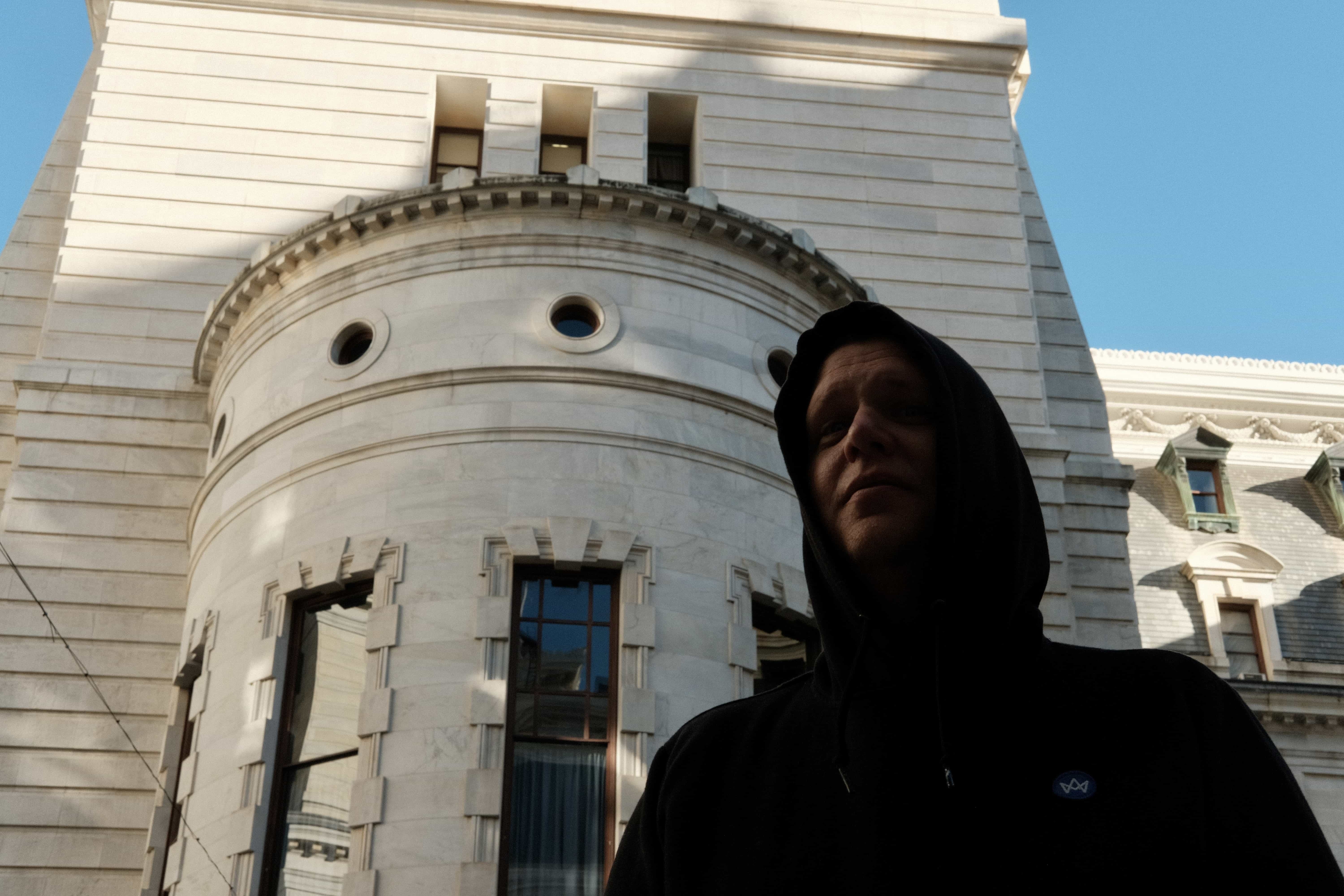Who is using Zero Fare?
While Zero Fare has been a success, Behney wonders why vulnerable residents like him weren’t prioritized. And with the outlook of the program in question, it might not be possible for the city to make changes in the future.
Over the course of the past two years, Philadelphia’s free-ride program has boasted a 63% participation rate, significantly higher than similar programs in Portland, Oregon, and New York City.
Participants are selected by a lottery, automatically enrolled if their income is below 150% of the federal poverty level. In 2023, Philadelphia’s poverty rate was 20.3%, meaning at the program’s onset, over 300,000 residents were eligible. But with limited funding, the city could only give out 25,000 free-ride cards. That means low-income residents had a 1-in-12 (or 8%) shot at free public transit.
“Your chances of actually getting a Zero Fare card are almost as good as winning the Powerball,” Behney said.
The program’s singular qualification of low income is Behney’s biggest critique. A resident making $20,000 has the same odds of getting a card as someone living in severe poverty. He said there should be a sort of “vetting system” to determine who needs the rides the most, not only taking into account one’s income, but one’s living situation, expenses and why they think they deserve the free transit card.
Even so, Behney’s idea for this screening system is at odds with how the program was set up. Nicola Mammes, program director of Zero Fare, explained the reasoning for Philadelphia’s implementation of automatic enrollment and the low bar for entry into the program.
“The population that is eligible for this benefit — they oftentimes are hard to reach,” Mammes said in an interview with Next City. “And really, that’s also why we designed the program the way that we did — that it would be on us to figure out how to reach them.”
Standing outside City Hall, Behney waits for the City Council meeting to start. He hopes to voice his concerns with the free-ride program. (Ben Bennett/WHYY)
Having a more in-depth selection process could hinder the program’s reach and ability to give out as many cards as it can. If people had to opt in, fill out criteria and then be selected, not only could it take more time, but residents who would benefit may never sign up.
A portion of enrollments were done through community-based organizations, accounting for 10% of all participants. In the future, a similar system could be implemented where a small percentage of cards could be set aside for a vetting program, like Behney suggested, or specifically for lower-income residents, with the majority of passes still being randomized.
Whether or not changes like this can be implemented will rely on the program securing permanent funding — a question that is still unanswered at this time.







